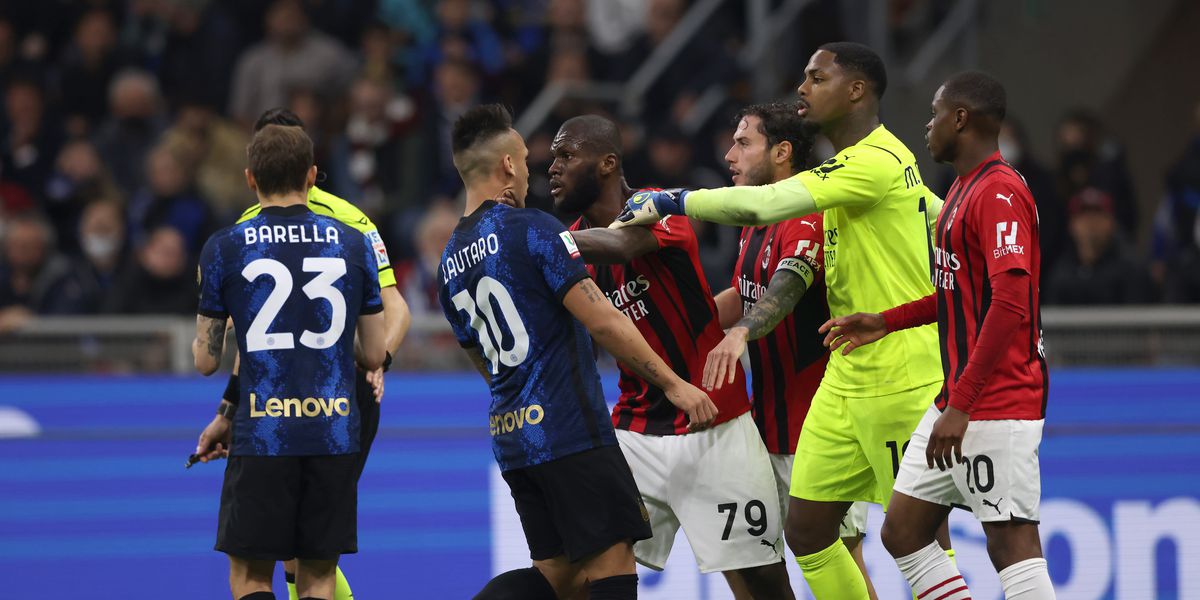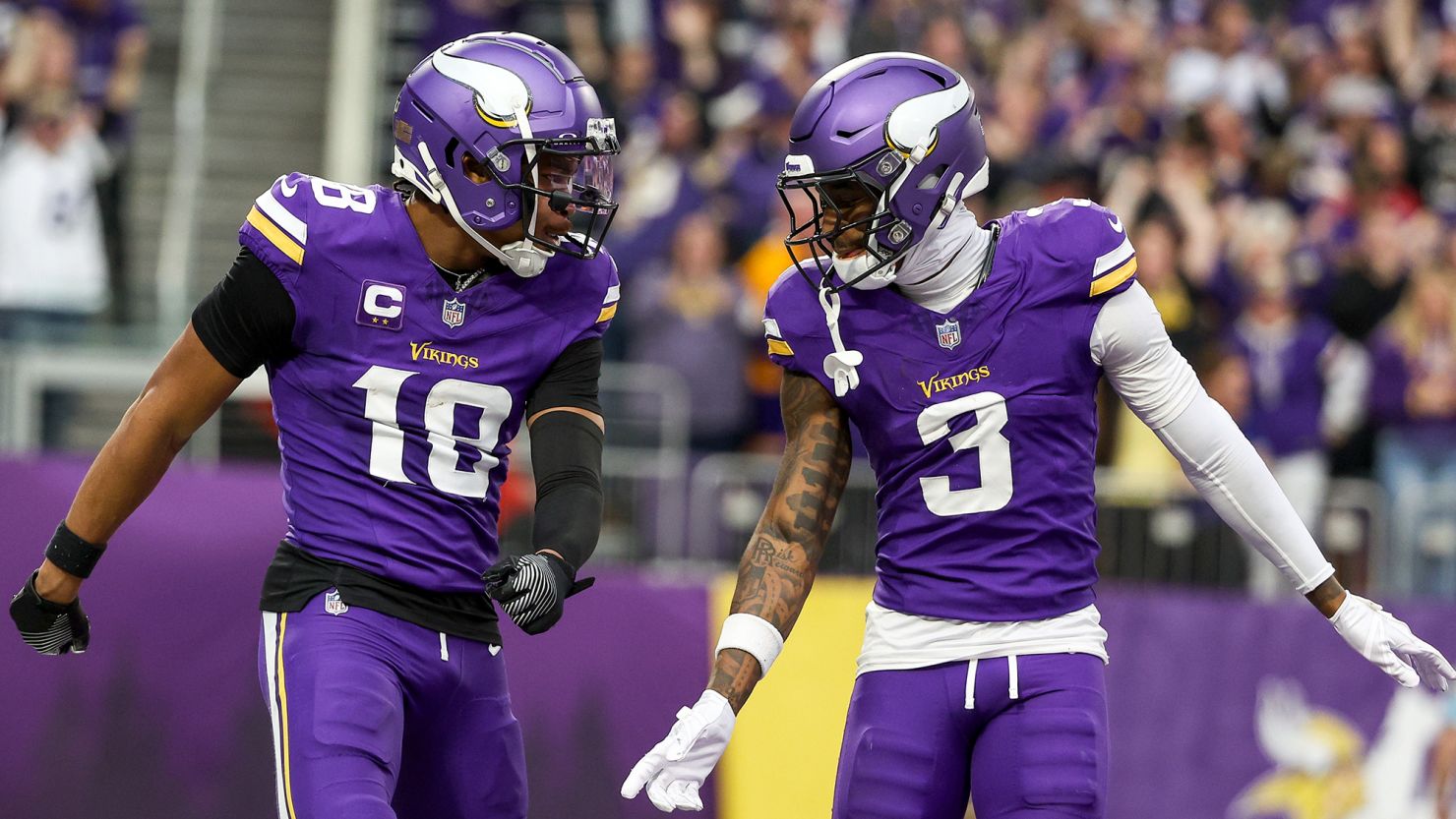Imagine a football stadium not surrounded by the familiar sights of a European city, but by palm trees under the Miami sun. The passionate roar of fans echoes—not in San Siro, but on a branded pitch thousands of miles away. This is the bold vision Serie A president Ezio Maria Simonelli recently suggested: hosting the iconic Milan derby abroad, potentially in the United States, while San Siro undergoes renovations.
The Changing Landscape of Football Fixtures
Traditionally, questions about a player’s mettle centered on their performance in tough conditions, such as a cold, rainy night in Stoke-on-Trent. Today, the challenge might be competing under a scorching sun at a 3 pm kickoff on foreign soil. While this shift may trouble football purists, it presents undeniable commercial potential.
With San Siro closing from January 10 to February 8 for upgrades, the idea of relocating Milan’s biggest fixtures overseas is gaining traction. Beyond logistical convenience, playing abroad offers lucrative opportunities. Larger stadiums abroad, especially in emerging football markets like the U.S. and Asia, can generate significantly higher matchday revenues. Premium ticket pricing, exclusive hospitality, and sell-out crowds are common benefits when clubs take marquee matches overseas.
Commercial Advantages: Beyond the Gate
Playing matches abroad unlocks more than just ticket sales. Sponsorship deals often multiply as clubs attract local brands eager to associate with high-profile international games. Media rights represent an even bigger prize: while many leagues currently control broadcasting agreements centrally, there is growing interest in models allowing clubs more autonomy, which could greatly increase the value of global fixtures.
Opposition and Cultural Concerns
Despite these advantages, the proposal faces resistance, notably from the UK government. New legislation like the Football Governance Bill reflects a widespread sentiment among fans: football is fundamentally a community sport. Moving league matches abroad risks alienating the core fanbase, driving up ticket prices, and diluting the atmosphere that makes domestic football special.
The fear extends beyond one-off games, as many supporters worry that this trend could accelerate moves towards breakaway competitions resembling the previously proposed European Super League, which was fiercely opposed.
The Broader Trend: Clubs Going Global
Despite political and fan opposition, clubs continue to expand their global footprints. Take Aston Villa’s recent partnership with Kaizen Gaming’s Betano, designed to tap into European and South American markets, or Manchester United’s preseason tours spanning three continents, accompanied by major commercial tie-ups such as with Malaysian Airlines.
As Manchester United CEO Omar Berrada noted, international tours not only generate vital revenue but also strengthen commercial partnerships and deepen global fan engagement — key to sustaining success both on and off the pitch.
Balancing Growth and Tradition
The trajectory is clear: football is evolving into a global spectacle, no longer confined by tradition or geography. The commercial incentives — from bigger venues and premium ticket sales to lucrative sponsorship and media deals — are powerful forces driving this change.
Yet, the soul of football lies in its communities, in local derbies charged with decades of history and passion. As clubs push into new markets, the challenge will be to maintain this authenticity while embracing global audiences.
Will we soon see the Milan derby’s famed atmosphere replaced by the polished luxury of Miami’s sports venues? Only time will tell. What is certain is that football’s future will be shaped by how well it balances its commercial ambitions with preserving the cultural heartbeat that has made the game beloved worldwide.
SOURCE: Insider Sport
IMAGE: Getty Images


